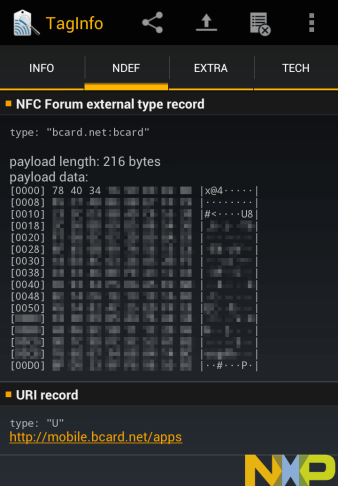I was looking at trying to securely implement a door access control system. This usually involves some kind of card that you tap at a reader and the door unlocks.
Because it uses NFC, the NFC reader and electronics can be located safely on the inside, leaving no exposed DIY electronics on the outside for attackers to fiddle around with. Here’s an example project using a 3D-printed enclosure:

A lot of those DIY projects work, but they are just not secure:
- NFC Door Lock With the Qduino Mini — Instructables.com
- NFC drawer lock
- DIY Smart Lock with Arduino and RFID
Just look at the code and you will see what I mean. They generally look like this:
uint32_t uid = nfc.readCardId(); // read the card's unique ID
if (uid == 0xAAAAAAAA || uid == 0xBBBBBBBB || ...) {
unlock(); // YES!!
}
Unfortunately, consumer smart locks like a Yale or Samsung do pretty much the same thing, without hard-coding UIDs of course. When you enroll cards, the door lock will simply record the UID and will unlock when you present a card (or tag) with that UID. MIFARE Classic cards are commonly used for this purpose because they are very inexpensive. They are factory-programmed with a unique identifier stored in sector 0, which is read-only.

